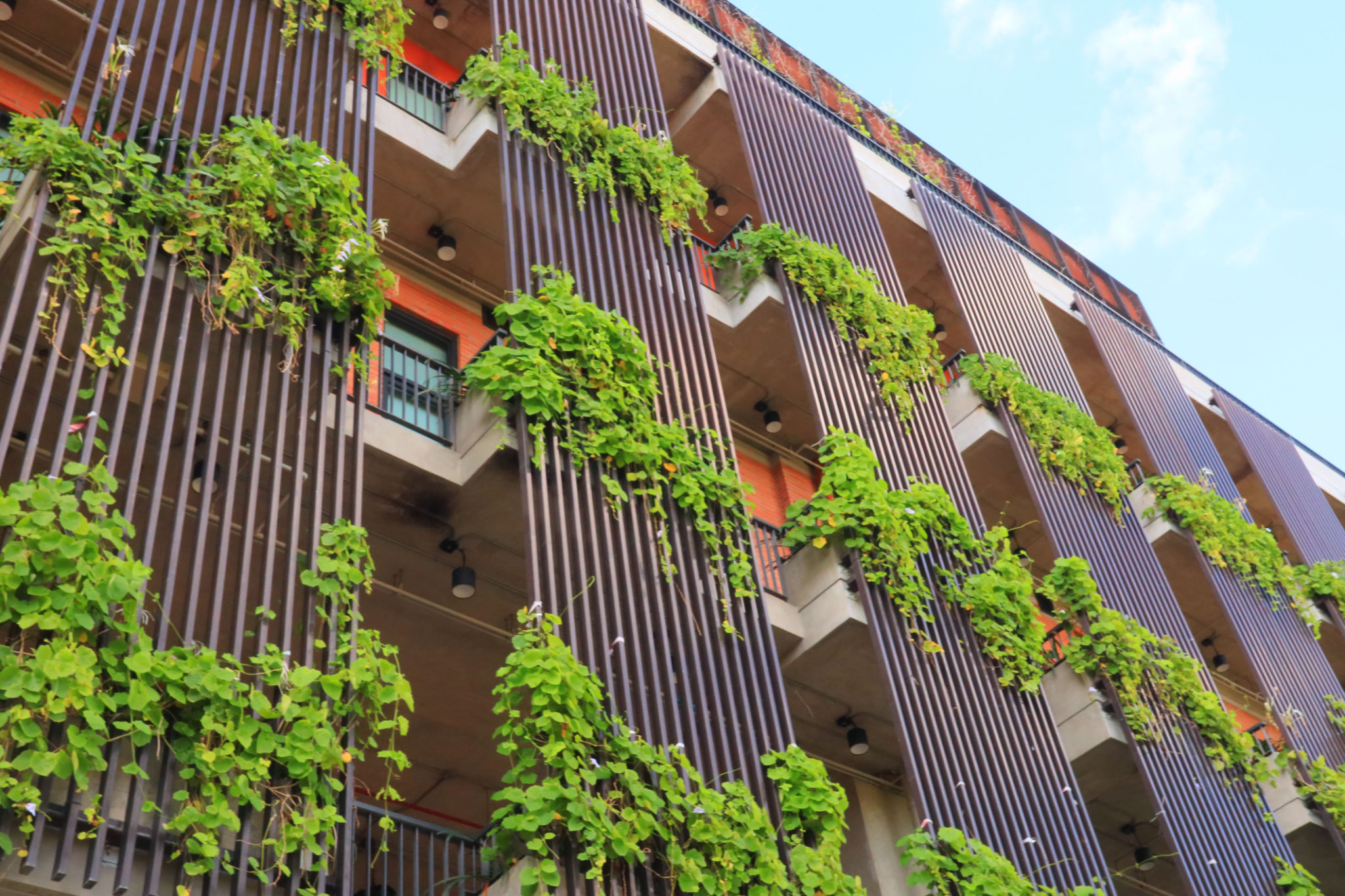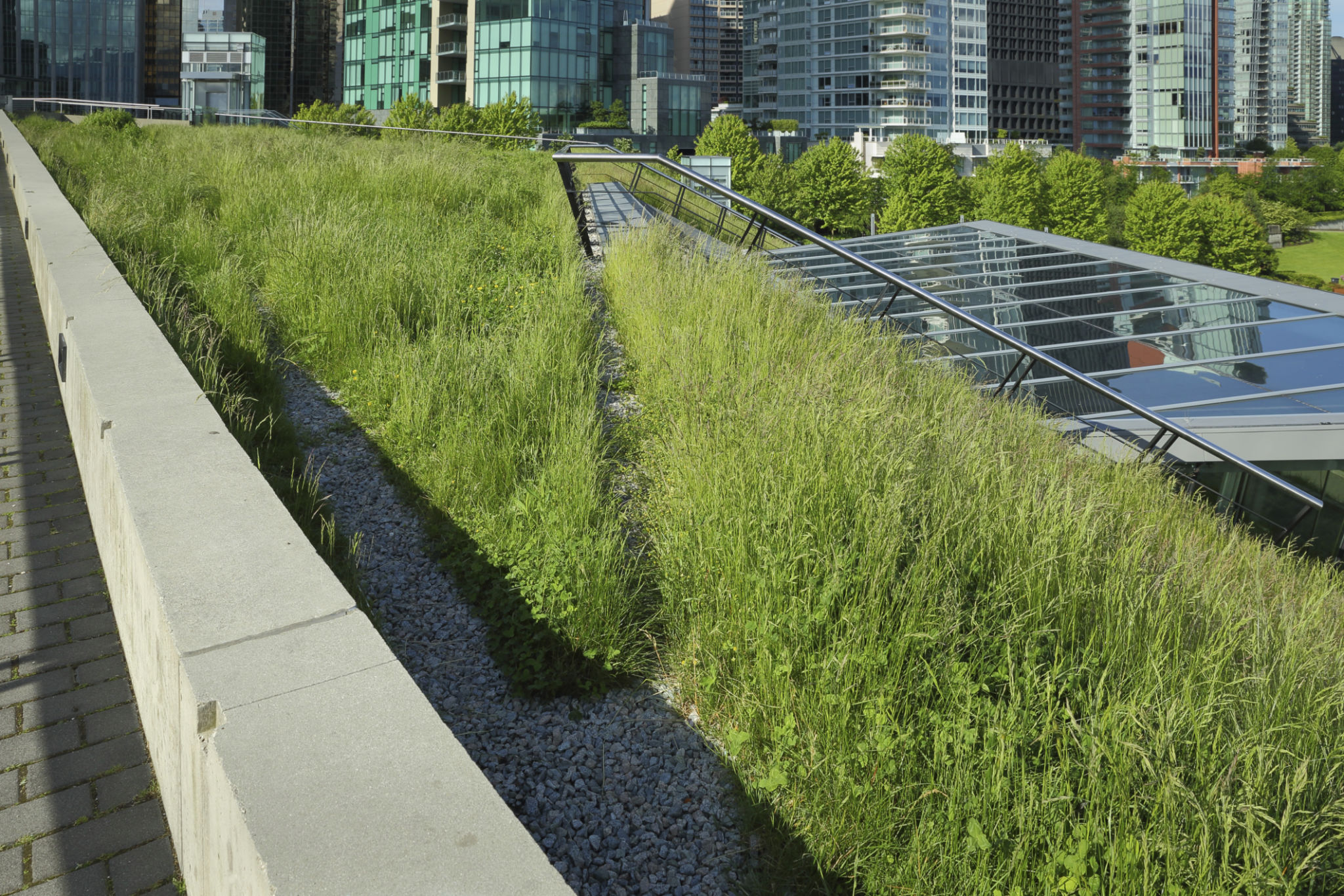How to Incorporate Sustainable Practices in Commercial Building
Why Sustainable Practices Matter
In an era where climate change and environmental degradation are at the forefront of global concerns, incorporating sustainable practices in commercial building is not just a trend—it's a necessity. Adopting eco-friendly approaches can significantly reduce the environmental impact of buildings and contribute to a healthier planet.
Sustainable practices in building design and construction can lead to reduced energy consumption, lower operational costs, and improved indoor air quality. Such efforts also enhance the reputation of companies by aligning them with the growing demand for corporate social responsibility.

Energy Efficiency
One of the most effective ways to incorporate sustainability into commercial buildings is through energy efficiency. This can be achieved by utilizing energy-efficient lighting systems, such as LED lights, and installing smart thermostats to optimize heating and cooling. Additionally, incorporating renewable energy sources like solar panels can drastically reduce reliance on fossil fuels.
Building management systems (BMS) can also play a crucial role in monitoring and controlling energy usage. These systems allow building managers to track energy consumption patterns and identify areas for improvement.
Insulation and Windows
Investing in high-quality insulation and energy-efficient windows can further enhance a building's energy performance. Proper insulation helps maintain a stable indoor temperature, reducing the need for excessive heating or cooling. Similarly, double or triple-glazed windows can significantly cut down on energy loss.

Water Conservation
Water conservation is another critical aspect of sustainable building practices. Implementing low-flow fixtures, such as faucets and toilets, can dramatically reduce water usage. Additionally, installing rainwater harvesting systems allows buildings to capture and reuse rainwater for non-potable applications, like irrigation and flushing toilets.
Greywater recycling systems can also be integrated to treat and reuse water from sinks, showers, and washing machines. This not only conserves water but also reduces the strain on municipal water supplies.

Sustainable Materials
Selecting sustainable materials during the construction phase is vital for minimizing a building's environmental impact. Opt for locally sourced materials to reduce transportation emissions, and prioritize recycled or reclaimed materials whenever possible. Bamboo, reclaimed wood, and recycled steel are excellent choices for eco-friendly construction.
Additionally, low-VOC (volatile organic compounds) paints and finishes should be used to ensure better indoor air quality. These products release fewer pollutants into the air, creating a healthier environment for building occupants.
Implementing Green Roofs
Green roofs are an innovative way to incorporate sustainability into commercial buildings. They provide natural insulation, reduce stormwater runoff, and improve air quality. Green roofs create habitats for wildlife while offering aesthetic appeal and recreational space for building occupants.
The implementation of green roofs can also contribute to urban biodiversity and help mitigate the urban heat island effect by cooling the surrounding environment.

Waste Management
Effective waste management is an essential component of sustainable building practices. Implementing recycling programs within buildings encourages occupants to responsibly dispose of waste. Providing clearly labeled recycling bins throughout the facility can significantly improve waste diversion rates.
Construction waste should also be managed efficiently by separating recyclable materials from non-recyclable ones. This minimizes landfill contributions and promotes a circular economy.
Conclusion
Incorporating sustainable practices in commercial buildings is a multi-faceted approach that requires careful planning and execution. By focusing on energy efficiency, water conservation, sustainable materials, green roofs, and waste management, businesses can significantly reduce their environmental footprint.
Embracing sustainability not only benefits the planet but also enhances the well-being of building occupants and strengthens the company's brand image as a leader in environmental responsibility.
